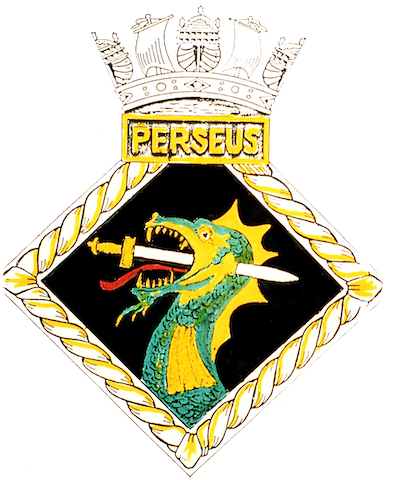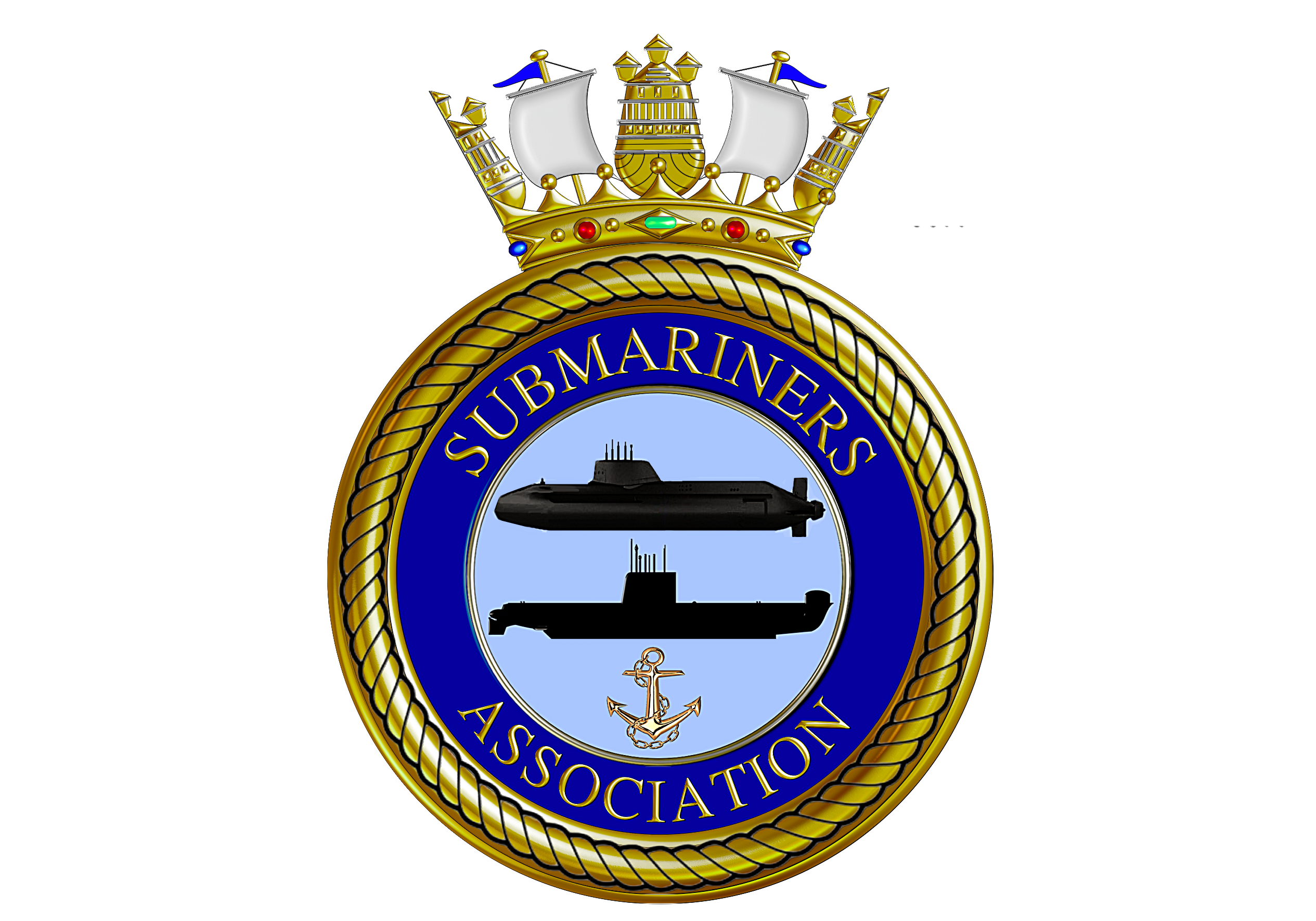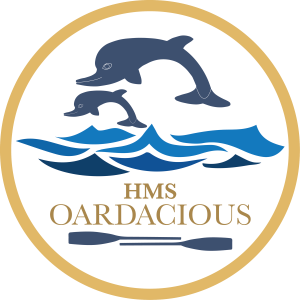HMS
PERSEUS
(1929
-
1941)


HMS PERSEUS (Lt Cdr E C F Nicolay) sailed on 26 November 1941 to patrol in the Ionian Sea but was listed as lost when she was overdue on 19 December. Two years later, the only survivor (Leading Stoker Capes), returned to the UK and reported that PERSEUS had struck a mine and was lost during the patrol. It was subsequently determined that she had been lost 5 miles south of Kefalonia on 6 December 1941.
See this video for more information about the fate of PERSEUS.
PEOPLE WHO DIED WHILE SERVING IN THIS UNIT
VISITOR COMMENTS





I have just returned from a Holiday in Skala Kefalonia where I read about the remarkable submarine escape of John Capes from HMS Perseus in 1941.
Attached to the 1st Submarine Flotilla, based in Alexandria and under the command of Lieutenant-Commander Edward Christian Frederick Nicolay DSO RN. The submarine sailed from Malta for Alexandria on 26 November 1941 with instructions to patrol waters to the east of Greece during her passage. At 10 pm on 6 December she struck an Italian mine off Cephalonia, 7 miles (11 km) north of Zakynthos in the Ionian Sea.
Of the 61 on board, the only survivor was 31-year-old Leading Stoker John Capes, one of two non-crew members hitching a lift to Alexandria. After administering a tot of rum from a bottle found loafing in the compartment, he prepared the compartment for escape; he helped three others who were injured to escape and then escaped himself from the submarine using the Twill Trunk escape hatch in the engine room wearing Davis Submerged Escape Apparatus. However, only he survived the journey to the surface and the five-mile (8 km) swim to the island of Cephalonia, where he was hidden by islanders for 18 months before being smuggled in a caïque to Smyrna in Turkey. He was subsequently awarded a British Empire Medal.
The wreck, at 52 metres (171 ft) below the surface, was discovered and surveyed in 1997 by Kostas Thoctarides and his dive team who confirmed John’s remarkable story.
The Perseus lies on the seabed with a starboard list. On her port side, near the bow, there is a crack caused by her collision with a mine. That is the only significant damage to the vessel. The rest of her hull is in good condition. The escape hatch of the stern compartment is open.
On 19 and 20 May 2000, memorial ceremonies were held in Cephalonia in honour of the Perseus’ crew. It was attended by relatives of the deceased (including John Capes’ daughter), members of the Submarine Old Comrade’s Association, locals who hid John and a member of the caique crew who transported Capes to Smyrne amongst others.
What an incredible feat of escape and survival this was, not only did he survive the shock of the exploding mine and the sinking of the submarine but he had the presence of mind to prepare the compartment for escape, help his 3 injured crew members to escape and the escape himself using equipment that wasn’t really suited for escaping from 52m and then he had to swim the 5 miles to shore all this and the sea water temperature in the southern Adriatic in December would have been about 14C at most
A truly remarkable achievement